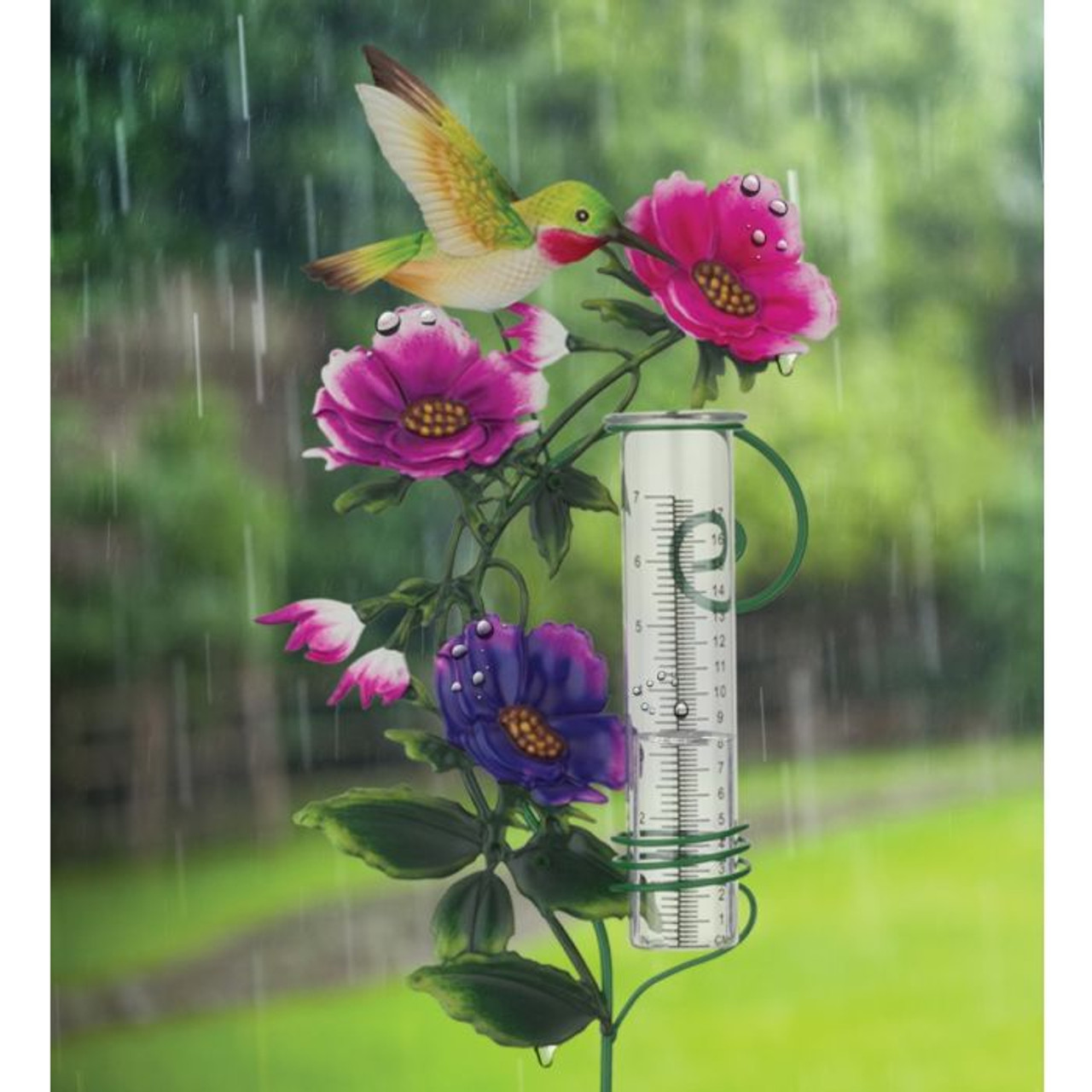The Rain Gauge: A Comprehensive Guide to Accurate Weather Dimension
The Rain Gauge: A Comprehensive Guide to Accurate Weather Dimension
Blog Article
Do It Yourself Rain Scale: Easy Steps to Make Your Own
Creating your own DIY rain scale is a straightforward and reliable way to gauge and videotape rainfall. With simply a couple of usual materials and some basic steps, you can quickly build your very own rainfall scale at home. Allow's get started on making your Do it yourself rainfall scale today!
Gather Materials
To start constructing your Do it yourself rain scale, collect all the needed products utilizing a comprehensive listing of items. Having the ideal products on hand will make sure the effective development of your rainfall gauge and enable for exact measurements of rainfall. Collecting these materials in advance will certainly streamline the building and construction process and make sure that you have everything you need to develop your own DIY rainfall scale.
Prepare the Container

Mark the Dimension Increments
To precisely measure the amount of rains, properly noting the dimension increments on your DIY rain gauge is crucial. Without clear and accurate markings, it would be difficult to identify the precise amount of rains collected in your rainfall gauge. Here are the actions to mark the dimension increments on your rain scale.
First, choose the system of dimension that you want to use. One of the most common systems for measuring rains are inches and millimeters. Utilize a permanent pen or waterproof paint to mark the increments on the side of your rainfall gauge as soon as you have selected the unit. For inches, you can mark every quarter inch or every fifty percent inch, depending on your choice. For millimeters, you can note every 10 millimeters or every 20 millimeters.
When noting the increments, it is very important to make sure that they are evenly spaced and clearly noticeable. Make use of a ruler or determining tape to make sure precision and consistency. Furthermore, make certain that the markings are immune to fading or rubbing off, as exposure to the components might cause them to weaken gradually.
Area the Rainfall Scale Outdoors
The rain gauge ought to be put outdoors to properly accumulate rains data. The location selected for the rain gauge must be free and open from any obstructions that could potentially impact the measurement of rainfall. It is important to find a spot that is not obstructed by trees, buildings, or various other frameworks that can obstruct the rainfall from getting to the scale. This will certainly make sure that the gathered data is rep of the real rainfall in the location.
Furthermore, it is essential to position the rainfall scale on a steady surface, such as a degree ground or a tough article. This will prevent any activity or tilting of the scale, which could result in incorrect measurements. It is additionally a good idea to prevent placing the scale near any type of sources of fabricated water, such as lawn sprinklers or drainage systems, as this can disrupt the accuracy of the measurements.
Display and Record Rainfall Information
Routine monitoring and recording of rains data is essential for precise data evaluation and interpretation. By keeping track of rainfall dimensions, you can view it acquire beneficial insights right into weather condition patterns, climate patterns, and water resource administration. To efficiently check and tape-record rains data, it is important to develop a regular and preserve regular practices.
To start with, guarantee that your rainfall gauge is positioned in an open location away from barriers such as trees or buildings that might obstruct rainfall. In addition, see to it the rain scale is level and safely secured to avoid any type of movement that might influence the accuracy of the measurements.

When recording the rainfall information, it is vital to note the date and time of each measurement. Utilize a ruler or a determining adhere to establish the rainfall depth in the rain gauge, and document this information accurately.
To ensure the precision of the dimensions, it is advised to clear the rainfall gauge after each recording. This will prevent any overflow or dissipation from influencing succeeding dimensions.
Final Thought
Finally, creating a DIY rainfall gauge is a simple and practical way to check and tape rainfall data (The Rain Gauge). By complying with the steps laid out in this write-up, you can quickly gather products, prepare the container, mark the measurement increments, and put the rain scale her latest blog outdoors. Routinely keeping track of and tape-recording rainfall information can provide valuable information for numerous purposes
Having the best products on hand will ensure the effective creation of your rainfall scale and enable for exact measurements of rains.To accurately determine the quantity of rainfall, precisely noting the measurement increments on your Do it yourself rainfall gauge is important.The rainfall gauge must be positioned outdoors to accurately accumulate webpage rains data. The place picked for the rain gauge need to be open and totally free from any blockages that could potentially influence the dimension of rainfall.In final thought, developing a DIY rainfall gauge is a practical and easy method to check and record rainfall data.
Report this page